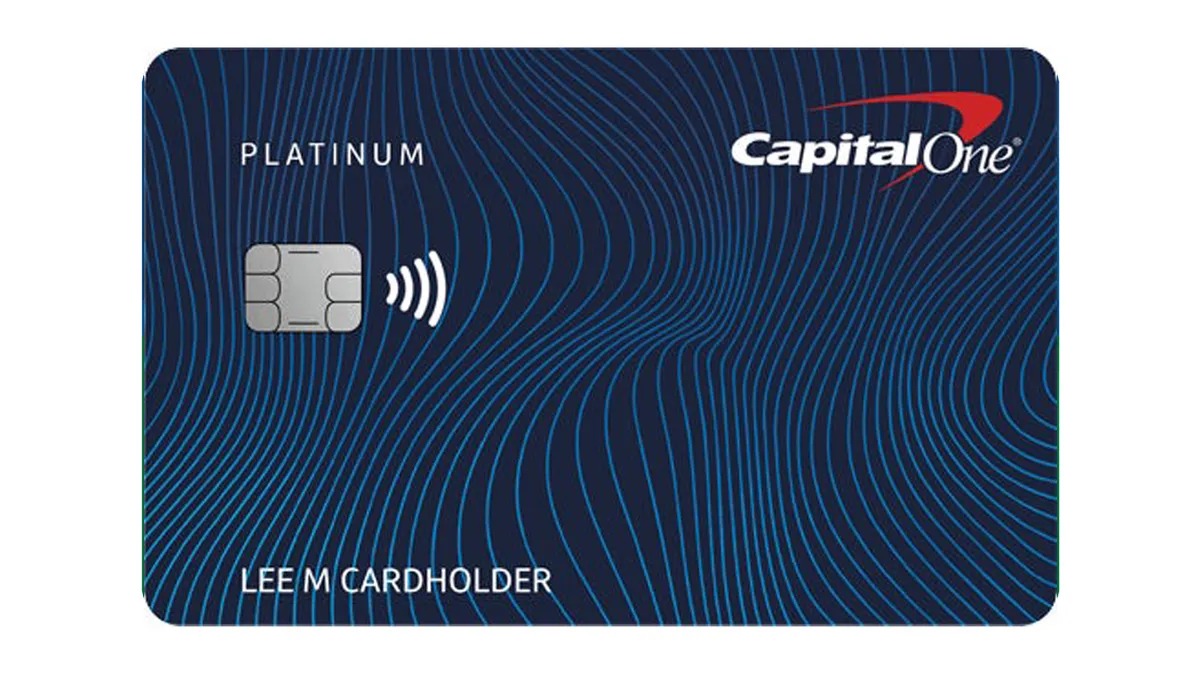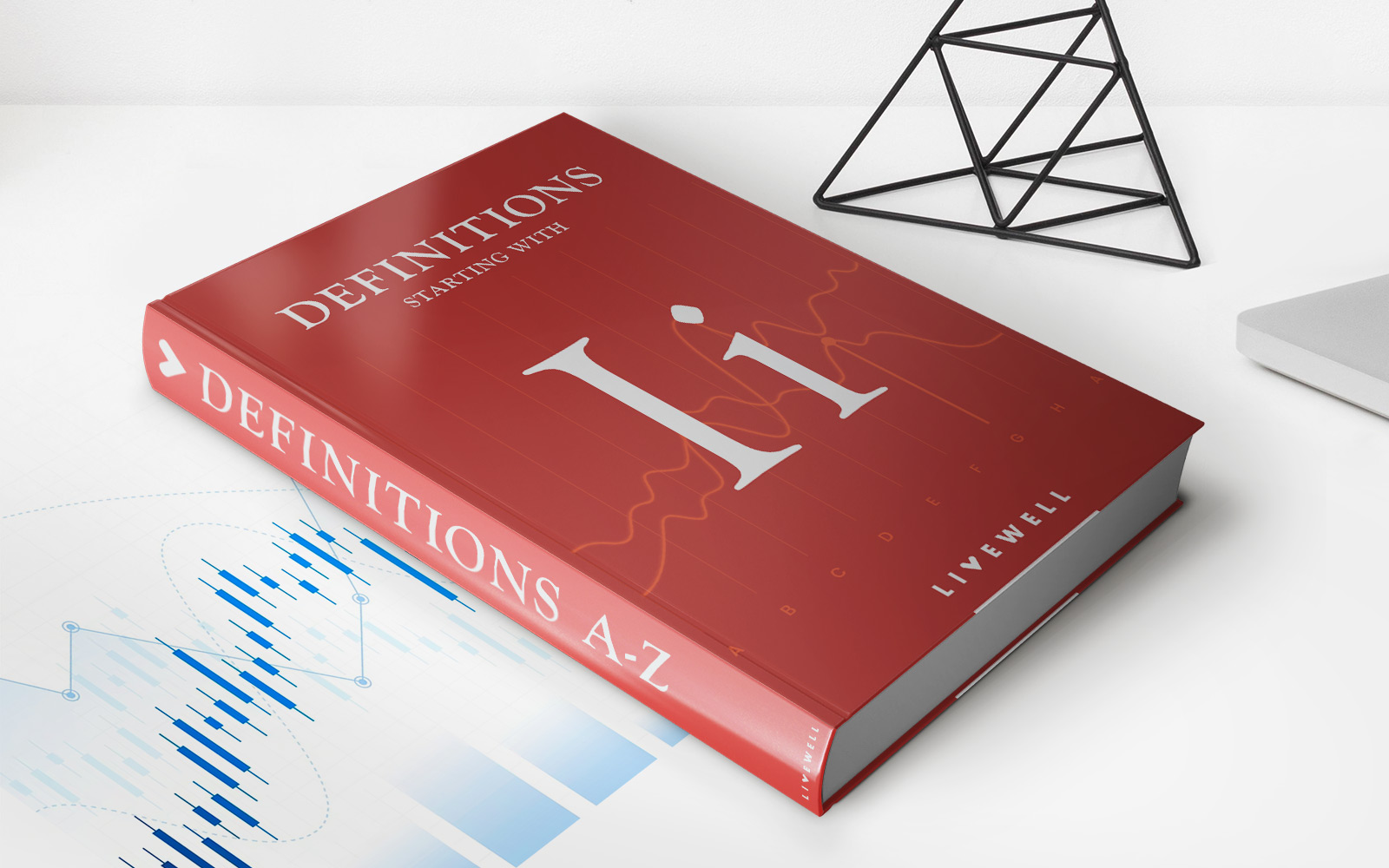

Finance
What Is Non-Installment Credit
Modified: February 21, 2024
Learn about non-installment credit and its significance in finance. Understand how this type of credit affects financial transactions and lending practices.
(Many of the links in this article redirect to a specific reviewed product. Your purchase of these products through affiliate links helps to generate commission for LiveWell, at no extra cost. Learn more)
Table of Contents
Introduction
Welcome to the world of finance, where various credit options are available to meet your financial needs. One such option is non-installment credit, which provides individuals with the flexibility to borrow funds without the hassle of monthly installment payments. Whether you’re looking to finance a purchase or cover unexpected expenses, non-installment credit can be a viable solution.
Non-installment credit, also known as revolving credit, offers borrowers the freedom to borrow money up to a predetermined credit limit and repay it in full or in part at their convenience. Unlike installment credit, where borrowers repay a fixed amount over a set period of time, non-installment credit provides an open-ended arrangement with no fixed repayment schedule.
This type of credit is commonly associated with credit cards and lines of credit. It allows borrowers to access funds as needed, offering convenience and flexibility for managing day-to-day expenses or tackling unforeseen financial challenges. Non-installment credit offers a revolving cycle, where borrowers can borrow, repay, and borrow again within the predetermined credit limit.
When considering non-installment credit, it’s important to understand its advantages, disadvantages, and the various types available. This article will delve deeper into these aspects, shedding light on the features, benefits, and drawbacks of non-installment credit. Whether you’re new to the world of finance or seeking alternatives to traditional installment loans, this article will equip you with valuable insights to make informed financial decisions.
Definition of Non-Installment Credit
Non-installment credit refers to a type of credit that allows borrowers to access funds on an ongoing basis, typically up to a predetermined credit limit. Unlike installment credit, where borrowers are required to make fixed monthly payments over a specified period, non-installment credit provides flexibility in repayment and borrowing.
This form of credit is commonly associated with credit cards and lines of credit. With a credit card, borrowers can make purchases and choose to pay the balance in full or make minimum payments over time. The remaining balance rolls over to the next billing cycle, accruing interest until it is paid off. Lines of credit, on the other hand, work similarly but typically come with a lower interest rate and may require collateral or a higher credit score.
Non-installment credit is distinct from installment credit, where borrowers are required to repay a fixed amount over a specified period, such as with a personal loan or a mortgage. With installment credit, borrowers know exactly how much needs to be repaid each month, typically until the loan is fully paid off.
One key characteristic of non-installment credit is the revolving nature of the credit line. This means that as the borrower makes repayments, the available credit replenishes up to the predetermined limit, allowing for continuous borrowing and repayment. This revolving cycle gives borrowers the flexibility to use credit as needed, making it an attractive option for managing day-to-day expenses and covering unexpected costs.
It is important to note that non-installment credit often comes with higher interest rates compared to installment credit options, as borrowers can choose to carry a balance from month to month. This interest is typically calculated as an annual percentage rate (APR) and can vary based on factors such as creditworthiness, market conditions, and the terms set by the lender.
Overall, non-installment credit offers a convenient and flexible way for individuals to access funds when needed. Whether it’s for emergency expenses, planned purchases, or managing cash flow, this type of credit can provide the financial flexibility and convenience that borrowers seek. However, it is crucial to carefully manage and monitor non-installment credit to avoid excessive debt and potential financial pitfalls.
Types of Non-Installment Credit
Non-installment credit comes in various forms, each offering unique features and benefits. Here are some common types of non-installment credit:
- Credit Cards: Credit cards are one of the most popular forms of non-installment credit. They provide users with a revolving line of credit that can be used for purchases, cash advances, and balance transfers. Users have the flexibility to pay the balance in full or make minimum monthly payments, with the option to carry a balance from month to month. Credit cards often come with additional perks such as cashback rewards, travel benefits, and purchase protection. However, it’s important to use credit cards responsibly to avoid accumulating high-interest debt.
- Lines of Credit: A line of credit is another type of non-installment credit that provides borrowers with a predetermined credit limit. It functions similarly to a credit card, but typically with a lower interest rate. Lines of credit may be secured, requiring collateral such as a home or a car, or unsecured, based solely on the borrower’s creditworthiness. This type of credit is often used for ongoing expenses, emergency funding, or as a safety net for unexpected costs.
- Retail Store Credit: Many retail stores offer their own credit cards or financing options to encourage customer purchases. These store-specific cards typically provide non-installment credit that can only be used within that particular store or retail chain. Retail store credit often comes with promotions, discounts, and rewards specific to the store, making it an attractive option for frequent shoppers. However, it’s important to carefully review the terms and interest rates associated with these cards, as they can sometimes carry higher rates compared to traditional credit cards.
- Charge Cards: Charge cards are similar to credit cards in that they allow users to make purchases within a predetermined credit limit. However, charge cards typically require the balance to be paid in full each month, with no option to carry a balance from one month to the next. Failure to pay the balance in full can result in late fees and penalties. Charge cards are often seen as a tool for responsible spending and building credit, as they require users to pay off the full balance each month.
- Home Equity Lines of Credit (HELOC): Homeowners may have the option to utilize the equity in their homes as a source of non-installment credit. With a home equity line of credit (HELOC), borrowers can access funds up to a certain percentage of the home’s appraised value, minus any outstanding mortgage balance. HELOCs typically have variable interest rates and can be used for various purposes, such as home improvements, debt consolidation, or other large expenses. However, it’s important to remember that failure to repay a HELOC can result in foreclosure.
These are just a few examples of the types of non-installment credit available. Each type has its own advantages and considerations, so it’s essential to carefully assess your needs, financial situation, and repayment ability before choosing the most suitable option for you.
Advantages of Non-Installment Credit
Non-installment credit offers several advantages that make it an attractive option for borrowers. Here are some key advantages of utilizing non-installment credit:
- Flexibility: One of the major advantages of non-installment credit is the flexibility it provides. Unlike installment credit, where borrowers are locked into fixed monthly payments, non-installment credit allows borrowers to make payments according to their financial situation. Users can choose to pay the full balance, make minimum payments, or pay any amount in between, providing them with the flexibility to manage their budget and cash flow.
- Convenience: Non-installment credit, especially in the form of credit cards, offers unparalleled convenience. With a credit card, borrowers can make purchases online and in-store, access cash advances, and have the flexibility to repay the balance over time. The ability to carry a revolving balance can be helpful in situations where immediate funds are not readily available, providing a safety net for unexpected expenses.
- Access to Rewards and Perks: Many non-installment credit options come with additional rewards and perks. Credit cards, for example, often offer cashback rewards, travel points, or discounts on specific purchases. These rewards can add significant value for frequent users and allow borrowers to earn benefits for their spending. Additionally, some credit cards may offer purchase protection or extended warranties, providing added security when making large purchases.
- Opportunity to Build Credit: Non-installment credit can also be instrumental in building and improving credit history. Responsible use of non-installment credit, such as making timely payments and keeping credit utilization low, can positively impact credit scores. This, in turn, can open doors to better interest rates, loan approvals, and future borrowing opportunities. Non-installment credit allows borrowers to establish a credit history and demonstrate their financial responsibility.
- Emergency Fund Alternative: Non-installment credit can serve as an emergency fund alternative, providing a readily available source of funding during unexpected financial challenges. Whether it’s a medical expense, car repair, or home emergency, having access to non-installment credit can help individuals cover these expenses quickly and efficiently without tapping into savings or facing financial hardship.
It’s important to note that while non-installment credit offers many advantages, borrowers must use it responsibly. Failure to make timely payments or accumulating excessive debt can lead to financial difficulties and negatively impact credit scores. It’s crucial to assess personal financial capability, plan repayment strategies, and stay within manageable credit limits when utilizing non-installment credit.
Disadvantages of Non-Installment Credit
While non-installment credit offers flexibility and convenience, it’s important to be aware of the potential disadvantages associated with this type of credit. Here are some key disadvantages to consider:
- Higher Interest Rates: Non-installment credit, particularly credit cards, often comes with higher interest rates compared to installment loans. Carrying a balance from month to month can result in accruing significant interest charges, making it important to pay off the balance promptly to minimize interest expenses. Failing to do so can lead to excessive debt and financial strain.
- Temptation to Overspend: Non-installment credit, especially credit cards, can create a temptation to overspend. With easy access to credit, individuals may be prone to making impulsive purchases or exceeding their budgetary limits. This can lead to a cycle of debt if not carefully managed. It’s essential to exercise self-discipline and monitor spending habits to ensure responsible use of non-installment credit.
- Potential for Debt Accumulation: Due to the revolving nature of non-installment credit, borrowers have the potential to accumulate high levels of debt if they continuously carry a balance and make minimum payments. This can lead to a debt trap, making it difficult to pay off the full balance and resulting in long-term financial consequences.
- Credit Score Impact: Mismanagement of non-installment credit can negatively impact credit scores. Late payments, high credit utilization, or maxing out credit limits can lead to a decrease in credit scores. This, in turn, can make it more challenging to qualify for favorable interest rates on loans or credit applications in the future.
- Hidden Fees and Fine Print: Non-installment credit options may come with hidden fees and complex terms and conditions. It’s vital to carefully review the fine print, including annual fees, balance transfer fees, late payment penalties, and other charges that may apply. Ignoring these details can lead to unexpected financial obligations.
Understanding these disadvantages can help borrowers make informed decisions when utilizing non-installment credit. By being mindful of the potential pitfalls and adopting responsible borrowing practices, borrowers can effectively manage their non-installment credit and avoid falling into unnecessary debt or damaging their credit history.
Examples of Non-Installment Credit
Non-installment credit comes in various forms and is widely used by individuals and businesses alike. Here are some examples of non-installment credit:
- Credit Cards: Credit cards are a common example of non-installment credit. They provide users with a revolving line of credit that can be used for purchases, cash advances, and balance transfers. Users can choose to pay the balance in full or make minimum payments, with the option to carry a balance from month to month. Credit cards offer convenience, rewards, and flexibility in managing expenses.
- Lines of Credit: Lines of credit are another form of non-installment credit that provide access to funds up to a predetermined limit. Similar to credit cards, lines of credit allow borrowers to make withdrawals and repay the balance as needed. Lines of credit can be unsecured or secured, with secured options requiring collateral such as a home or other valuable assets. This type of credit is often used for ongoing expenses or as a financial safety net.
- Retail Store Credit Cards: Many retail stores offer their own credit cards, providing customers with non-installment credit specifically for purchases within their store or retail chain. Retail store credit cards often come with promotional offers, discounts, and rewards, encouraging customer loyalty and frequent purchases. However, it’s important to carefully consider the terms and interest rates associated with these cards.
- Charge Cards: Charge cards are similar to credit cards but come with a key distinction – the balance must be paid in full each month. Charge cards do not allow users to carry a balance from month to month, but they offer convenience, security, and the opportunity to build credit history. American Express is a well-known provider of charge cards.
- Home Equity Lines of Credit (HELOC): Homeowners can use the equity in their homes as a source of non-installment credit through a home equity line of credit (HELOC). HELOCs provide a revolving line of credit, allowing homeowners to borrow against the equity in their property. The funds can be used for various purposes such as home improvements, debt consolidation, or major expenses. It’s important to carefully consider the terms and consult with a financial advisor before opting for a HELOC.
These examples demonstrate the versatility of non-installment credit and the range of options available to consumers. Each type of non-installment credit has its own features, benefits, and considerations. While these options can provide financial flexibility and convenience, borrowers must exercise caution and responsible borrowing practices to avoid falling into debt or harming their credit standing.
Conclusion
Non-installment credit offers individuals the flexibility and convenience to borrow funds without the constraints of fixed monthly payments. Whether through credit cards, lines of credit, retail store credit, charge cards, or home equity lines of credit, non-installment credit provides a versatile solution for managing day-to-day expenses, emergency situations, and unexpected financial challenges. It allows borrowers to access funds as needed, make repayments according to their financial capabilities, and enjoy additional perks and benefits.
However, it’s important to approach non-installment credit with caution and responsible financial management. High interest rates, the temptation to overspend, and the potential for debt accumulation can pose risks if not carefully monitored and controlled. Building and maintaining a strong credit score requires disciplined use of non-installment credit, timely payments, and responsible borrowing practices.
Before utilizing non-installment credit, it’s crucial to carefully assess personal financial needs, evaluate repayment capabilities, and understand the terms and conditions of the credit option chosen. This will ensure that the benefits of non-installment credit outweigh the potential disadvantages and contribute positively to overall financial well-being.
Remember, non-installment credit can be a valuable financial tool if used wisely. By practicing responsible borrowing habits, making timely repayments, and avoiding excessive debt, individuals can leverage non-installment credit to their advantage and navigate the complex world of personal finance more effectively.-














